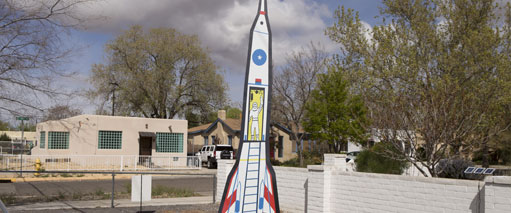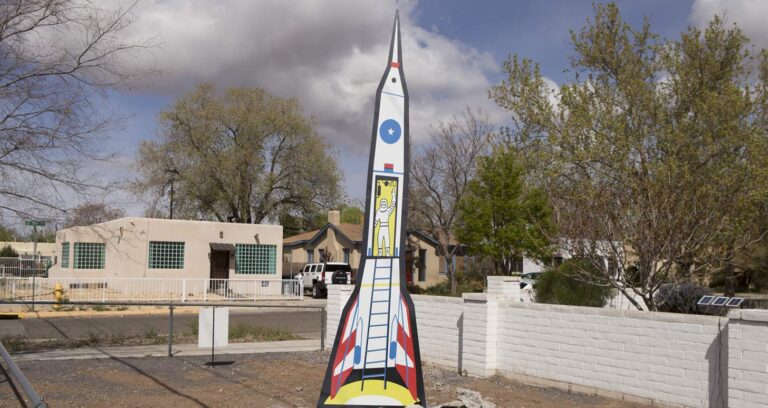Culture Shock: Spacefaring From A Leftover Lot
Ellen Babcock Takes Her Work To Off Lomas


Holdraketa
Eric Williams Photography
Latest Article|September 3, 2020|Free
::Making Grown Men Cry Since 1992


Holdraketa
Eric Williams Photography


